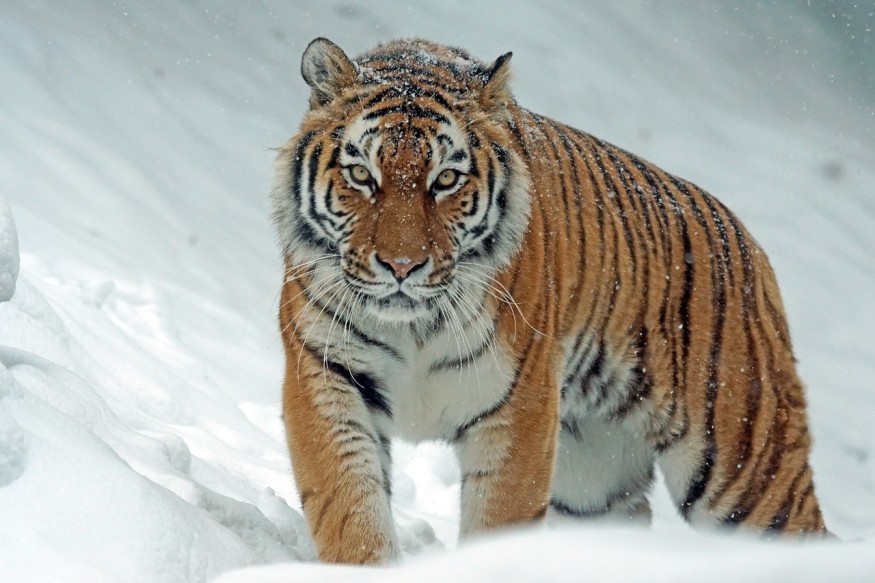Aggressive animals are part of nature and are the product of millions of years of evolution in the Animal Kingdom.
Long before naturalist Charles Darwin coined the term "survival of the fittest" in his evolutionary theory, aggressive behavior has existed since time memorial.
This behavior has reached the scientific records about ancient animals and how such traits helped them survive, in terms of competition with their kin or other species.
Animal aggression, as defined by behavioral experts, is the vocal or physical means to threaten or cause harm to another species or other animal group.
Some reasons behind the violent display of behavior are to compete for food and water supply, as well as territory. Studies and wildlife documentaries have also shown animals can be violent with other male members of their species over potential mating with a female.
Regardless of the reasons, animal aggression and dominance has helped has helped different species possessing such traits to survive and thrive in harsh environments and in natural habitats filled with competition.
In the case of domesticated animals, pets such as dogs and cats can still show an aggressive trait but in a relatively decreased scale compared with wild animals outdoors.
Aggressive Animals

In general, all wild animals are aggressive when it comes to defending themselves and their offspring as long as a threat is perceived or concretely felt, according to the ASPCA.
In the case of dogs, man's best friend can exhibit the following gestures and behaviors, even on humans, as a sign of aggression or increasing intense behaviors, the ASPCA stated:
- Threatening barking sound
- Growling
- Showing teeth
- Violent biting
- Lunging towards a person
Based on previous research, aggression among pet dogs depend on many factors, including breed, upbringing, environment, threat, and health.
While the variance between a corgi and pit bull is large, anecdotal evidence shows that dog aggression and dominance have many causes of trigger, with the type of breed being an important factor.
Also Read: NOAA Warns of Aggressive Dolphin Off Texas Coast; Swimming Children and Pets Reportedly in Danger
Animal Aggression and Dominance
In addition to the reasons for aggression mentioned earlier, there are wild animals that are just too dangerous for humans to pet or event interact with, regardless of training or domestication. I
n the past, wild animal attacks have been perceived as unpredictable, even unprovoked attacks.
According to the website Wildlife Informer, the following are some of the world's most aggressive animals:
- Cape buffalo
- Saltwater crocodile
- Sun bear
- Wild boar
- Cassowary
- Wasp
- Moose
- Tasmanian devil
- Western diamondback rattlesnake
While animal aggression and dominance are a necessity in the wild, humans, also being part of the Animal Kingdom, also showed aggression and violence when it comes to hunting other animals or surviving from them thousands of years ago.
This only shows that our human ancestors exhibited Darwin's famous notion of survival of the fittest.
The said concept, also known as natural selection, asserts that only individuals that have most adapted to a changing or dangerous environment can survive in the world; amid limited food resources, fearsome predators, and life-threatening diseases, according to the book "Genetic Twists of Fate" published in the website of the National Institutes of Health.
Related Article: Wild vs. Captive Animals: Which is More Dangerous?
© 2025 NatureWorldNews.com All rights reserved. Do not reproduce without permission.





